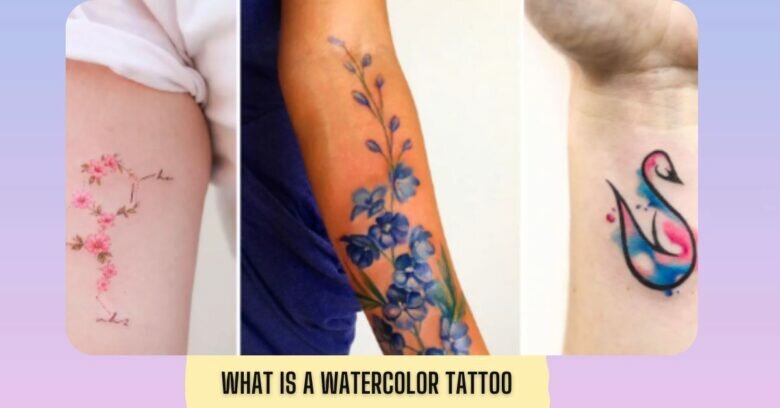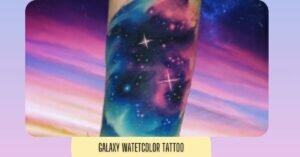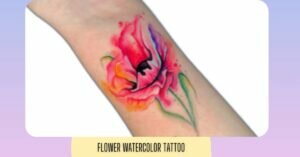Watercolor Tattoos: A Trendy New Style of Tattooing
Watercolor tattoos are a unique and eye-catching style that has recently gained popularity. They differ from traditional tattoos in that they use a range of color gradients and techniques to create a softer, more gradual blend of colors, rather than the bold outlines and solid black lines typically found in traditional tattoos.
Watercolor tattoos are known for their vibrant and colorful appearance and are often used to create a more artistic and expressive look. The style was initially popularized by tattoo artists who sought to defy traditional tattoo conventions and create something new and innovative.

The Origins of Watercolor Tattoos
Watercolor tattoos are a modern twist on the classic style that has been the foundation of the tattoo industry in the United States for many years. Known as American Traditional, this style is characterized by bold black outlines and shading from dark to light. However, as tattoos have gained mainstream acceptance and become a popular form of self-expression, contemporary tattoo artists have sought to break away from these traditional constraints and create something new.

One such artist is Amanda Wachob, a tattooer and fine artist based in New York City. Wachob’s work has been exhibited in museums worldwide and has helped to popularize watercolor tattoos, which mimic the look of watercolor paintings. This style was inspired by Wachob’s desire to create tattoos like the figurative oil paintings her clients presented at their initial consultations.
To achieve this, she began offering the option of leaving out the black outlines typically used in traditional tattooing. The result was a more organic, fluid style that has since become known as watercolor tattoos.
Read more about: How Laser Tattoo Removal Work
The Process of Watercolor Tattoos
The actual process of tattooing a watercolor tattoo is technically no different than getting any other style of tattoo. The tools used and the application method remains the same. However, watercolor designs can take much longer to tattoo than other styles, such as minimalism, due to the amount of filled-in color required.
In addition, watercolor tattoos can be designed differently from other kinds of tattoos. Before having a client’s tattoo appointment, tattoo artists typically sketch out their designs. However, Wachob depicts her designs on her clients’ skins by painting them before she traces them and converts them into stencils.

How Do Watercolor Tattoos Age: The Myth
While it is true that all tattoos will eventually fade or age over time, it is a myth that watercolor tattoos are particularly prone to deterioration. The longevity of a tattoo, regardless of style, depends on several factors, such as the placement of the tattoo on the body, the quality of the ink and needle used, and the aftercare practices of the individual.
To ensure that your watercolor tattoo stays vibrant and vibrant for as long as possible, it is essential to follow your artist’s aftercare instructions carefully during the healing process. This may include keeping the tattoo clean and moisturized, avoiding harsh chemicals and prolonged sun exposure, and protecting the tattoo from physical trauma.
By taking good care of your watercolor tattoo and protecting it from damage, you can help to preserve its beauty and ensure that it remains a meaningful and lasting part of your self-expression. So, it is essential to choose a skilled and experienced artist, who uses high-quality ink and needles, and to follow their aftercare recommendations to the letter.
Artists That Specialize in Watercolor Tattoos
If you’re considering getting a watercolor tattoo, we recommend choosing an artist specializing in style. There are many expert watercolor tattoo artists worldwide. Some of our favorites include Russian artists Pis Saro and Dasha Ebalotnaya, Toronto-based tattooers Shirley Liang and G.NO, South Korean tattoo artists Saegeem and Jenny, and Italy’s Marco Pepe and Claudia Denti.
Conclusion:
Watercolor tattoos are a unique and beautiful alternative to traditional tattoos. They require a different tattooing method that uses light pressure and fast movement to create the watercolor’s light, watery characteristic. Watercolor tattoos can work on any skin color, and while they may not last as long as other tattoos, they can still look fantastic with proper aftercare. Watercolor tattoos are an eye-catching way to express yourself and make a statement.



